Made from BK7 material, which has transparent range from 330-2100nm. The refractive index is 1.5168 at 587.6nm. The BK7 window has good performance over visible and near IR spectrum for most application.
Achromatic Waveplate Achromatic Waveplates(Retarders), AWP is composed of one piece of Crystal Quartz and one piece of Magnesium Fluoride, MgF2.
Barium fluoride (BaF2) shows good optical transmission over UV-IR windows in 0.15μm~12.5μm.
MgF2 windows are used in the UV, visible and IR ranges, with approximately 94% transmission from 200 - 1000 nm, and approximately 95% transmission from 1-6µm
CaF2 has transparent range from 170-7800nm. The refractive index is 1.399 at 5000nm. 1. Low absorption coefficient 2. High damage threshold, 3. Low Dispersion (with an Abbe Number of 95) 4. Low fluorescence 5. Excellent water, chemical, and heat resistance
Positive meniscus lenses is convex-concave lens thicker at the center than at the edges, which frequently used for beam focusing applications.
Negative meniscus lenses is convex-concave lens thinner at the center than edges, which frequently used for beam expanding applications.
product orgin:
Chinashipping port:
Fuzhou Chinapayment:
T/T Payment, Western Union
Positive meniscus lenses and Negative meniscus lenses
Positive meniscus lenses is convex-concave lens thicker at the center than at the edges. They are used to minimize spherical aberration. When used in combination with another lens, it’s will shorten the focal length, and increase the NA of system.
1. Frequently Used for Beam Focusing Applications
2. Minimizes the Increase in Spherical Aberrations for Multi-Element Systems
Negative meniscus lenses is convex-concave lens thinner at the center than edges. They increase the divergence of the beam without introducing any significant spherical aberration. When used in combination with another lens, they will increase the focal length, and decrease the NA of the system.
1. Frequently Used for Beam Expanding Applications
2. Minimizes the Increase in Spherical Aberrations for Multi-Element Systems
Specification:
Material:
Grade A optical glass or Fused Silica
Dimension Tolerance:
±0.1mm(Standard), ±0.05mm(High Precision)
Center Thickness Tolerance:
±0.1mm(Standard), ±0.05mm(High Precision)
Paraxial Focal Length:
±2%
Surface quality:
60/40(Standard), 20/10(High Precision)
Clear Aperture:
>85%
Surface Figure:
λ/2(Standard), λ/4(High Precision) @633nm
Centration:
3 arc minutes
Bevel:
<0.25mm×45°
Coating:
Upon requirement
Note for Spherical Lens:
a. Other optical glass materials from Schott, Ohara, Hoya or Chinese CDGM, UVFS from Heraeus, Corning, Germanium, Silicon, ZnSe, ZnS, CaF2, Sapphire are also available upon request .
b. Custom-made Spherical Lenses at any size from diameter 1.0 to 300mm are available upon request.
One stop service for Vision Optics-Laser Optics-Medical Optics-5G Optical Communication-Military Optics.
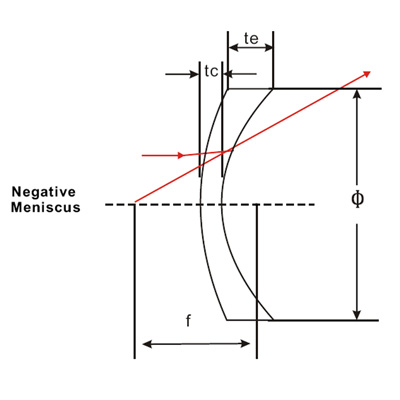
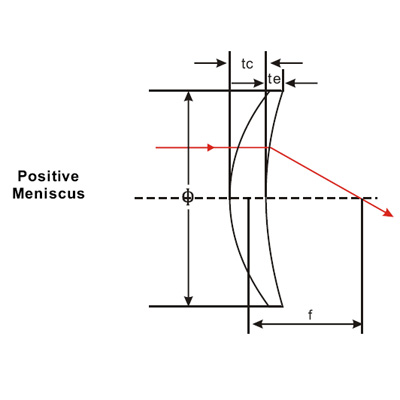
| Typical Sizes | |||||||
| Item No. | Φ(mm) | f(mm) | R1(mm) | R2(mm) | Tc(mm) | Te(mm) | Fb(mm) |
| Material | N-BK7 | ||||||
| MNP201 | 25.4 | 100 | 33.42 | 89.95 | 4 | 2.39 | 96.01 |
| MNP202 | 25.4 | 150 | 42.36 | 89.95 | 4 | 2.95 | 145.2 |
| MNP203 | 25.4 | 200 | 48.75 | 89.95 | 3.5 | 2.72 | 194.51 |
| MNP204 | 25.4 | 250 | 83.95 | 235.5 | 3.5 | 2.88 | 245.97 |
| MNP205 | 25.4 | 300 | 94.19 | 235.5 | 3.5 | 2.98 | 296.27 |
| MNP206 | 25.4 | 400 | 110.92 | 235.5 | 3.5 | 3.11 | 396.06 |
| MNP207 | 25.4 | 500 | 124.17 | 235.5 | 3.5 | 3.19 | 496.16 |
| MNP208 | 25.4 | 1000 | 278.34 | 600 | 3.5 | 3.3 | 993.7 |
| MNN201 | 25.4 | -100 | 89.95 | 32.51 | 3 | 4.68 | -98.79 |
| MNN202 | 25.4 | -150 | 89.95 | 41.21 | 3 | 4.11 | -148.06 |
| MNN203 | 25.4 | -200 | 89.95 | 47.64 | 3 | 3.82 | -197.82 |
| MNN204 | 25.4 | -250 | 235.5 | 83.18 | 3.5 | 4.13 | -248.62 |
| MNN205 | 25.4 | -300 | 235.5 | 93.33 | 3.5 | 4.03 | -299.04 |
| MNN206 | 25.4 | -400 | 235.5 | 109.65 | 3.5 | 3.9 | -397.33 |
| MNN207 | 25.4 | -500 | 235.5 | 122.74 | 3.5 | 3.82 | -496.94 |
| MNN208 | 25.4 | -1000 | 600 | 277.16 | 3 | 3.1 | -995.3 |
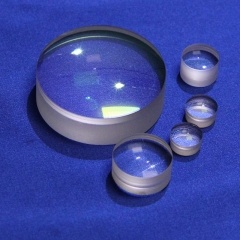 Precision optical glass achromatic Lenses (Doublets)
Precision optical glass achromatic Lenses (Doublets)
Achromatic Lenses (Doublets) VIS 0° and VIS-NIR coated achromats are also available Correct for on-axis spherical and chromatic aberrations Custom Achromatic Lenses Available
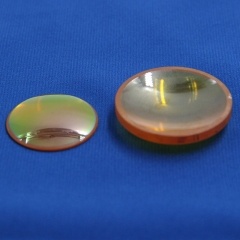 Zinc Selenide Lenses and Windows
Zinc Selenide Lenses and Windows
Infrared Zinc Selenide Lenses, windows is for High-Power CO2 Lasers Primary candidate for high-power CO2 Lasers windows For windows, domes and lenses for full infrared region devices, especially for high resolution FLIR systems 1. Broadband AR Coating for the 7 - 12 μm Range 2. Compatible with Visible Alignment Lasers
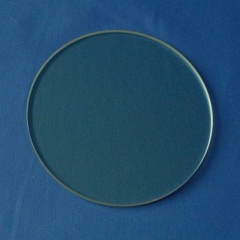 IR Windows Calcium fluoride CaF2 Windows
IR Windows Calcium fluoride CaF2 Windows
CaF2 has transparent range from 170-7800nm. The refractive index is 1.399 at 5000nm. 1. Low absorption coefficient 2. High damage threshold, 3. Low Dispersion (with an Abbe Number of 95) 4. Low fluorescence 5. Excellent water, chemical, and heat resistance
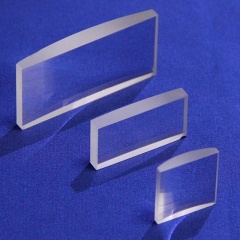 Optical glass plano-convex cylinrical Lenses
Optical glass plano-convex cylinrical Lenses
Plaon-convex cylindrical lenses are used to provide focusing power in one section only, For illumination or detection of light from line sources.Also used for anamorphic compression of beams and images. 1. Used to Focus Light in One Dimension 2. Provide Anamorphic Shaping of a Beam 3. Rectangular and Circular Form Factors Available
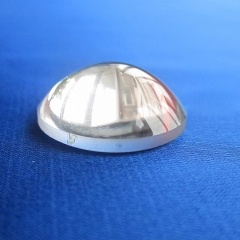 Optical precision glass aspheric lenses
Optical precision glass aspheric lenses
Precision Aspheric Lenses Collimate or Focus Light with a Single Element Reduce spherical aberration Reduce overall system weight
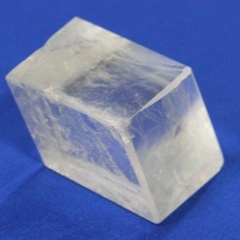 High Precision Calcite Birefringent Crystals
High Precision Calcite Birefringent Crystals
Calcite is a carbonate mineral and the most stable polymorph of calcium carbonate (CaCO3).It's a negative uniaxial crystal and mostly used as visible and near IR polarizers. It has high birefringence, wide spectral transmission and availability in reasonably sized rhombs.
friendly links :
copyright © 2024 WTS PHOTONICS CO., LTD.all rights reserved. powered by dyyseo.com .
wts photonics